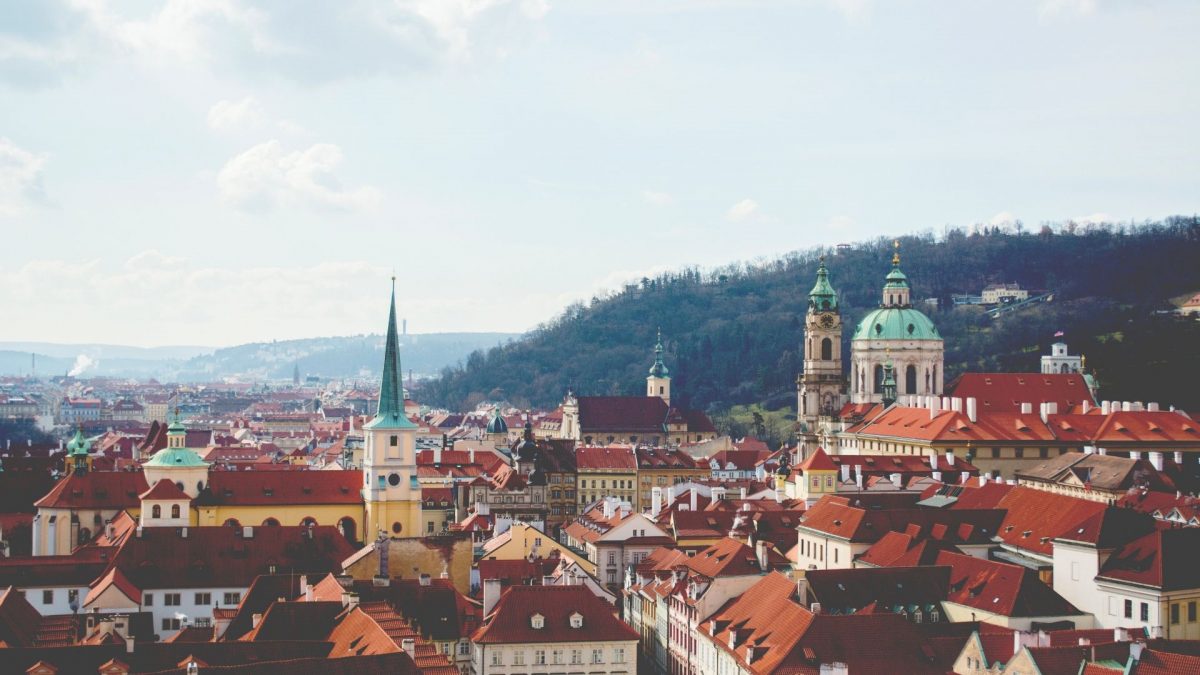Hello Czech Republic

Hello Czech Republic
August 2, 2019
Hello Denmark
September 6, 2019With 64% of the inhabitants being Czech, the Czech Republic is quite a homogeneous country. In 2016, there were almost 500,000 foreigners residing in the country, with the largest groups being Ukrainian (22%), Slovak (22%), Vietnamese (12%), Russian (7%), German (4%) and from other countries (33%). Most of the foreign population lives in Prague and Central Bohemia Region.
Most of the time, people migrate to the Czech Republic to find a job there. Demand for labour is rising thanks to the economic growth. Many of the economic migrants come from the Eastern Europe and countries such as Ukraine. Compared to the Czech employees, these people are usually willing to work for a lower wage, and to accept jobs with high level of uncertainty, which makes them very vulnerable at the times of economic recession. The vulnerability becomes even stronger if the person speaks little Czech and has problems with integration into the host society in general. Therefore, it is essential to support policies which help increase level of integration and thus make the migrants less vulnerable (Rákoczyová & Trbola 2012).
The Czech Republic has so far been a country with almost no conflicts between communities of foreigners living in the territory of the Czech Republic and majority society.
However, especially the refugee crisis in the middle of 2015, polarized society and opened the debate both on the civil and political level and increased public interest in migration policy and cohabitation issues with foreigners. Since then, migrants and refugees in the Czech Republic face some negative stereotypes. As for the subjective experience of foreigners, more than a third of foreigners (38%) report an experience of xenophobia, nevertheless, more than half of foreigners (60%) did not notice the manifestations of xenophobia by the Czechs (Ministry of the Interior 2015).

